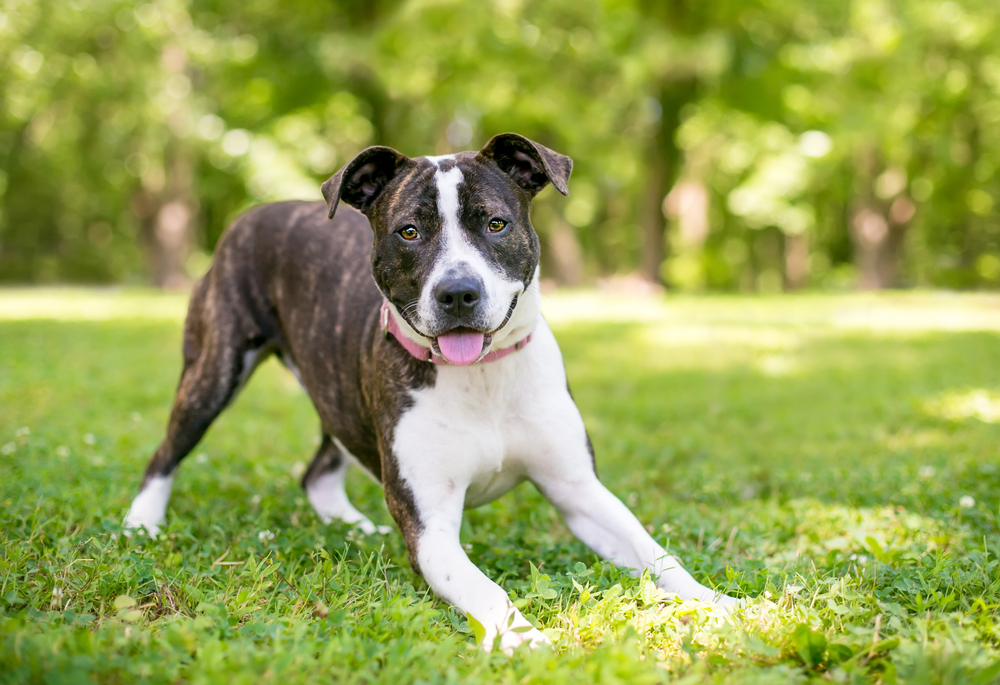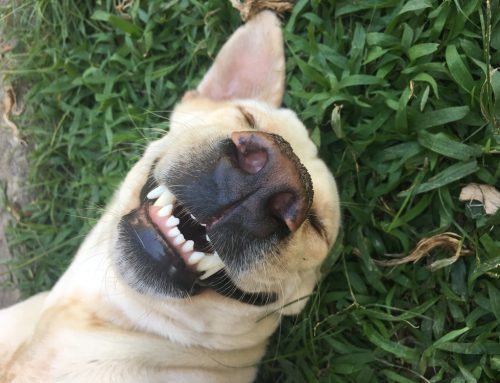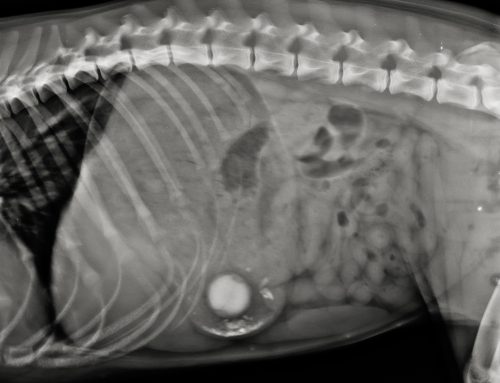As dog lovers and devoted owners, we like to think we know our canine companions. But, can we possibly fully understand a different species? Probably not, but understanding canine body language can help us decode their most common communications and become better guardians of their mental and physical health.
Check out this nose-to-tail translation guide from Neighborhood Veterinary Centers of Richmond.
Learning to read—always see the bigger picture when observing dogs
Although we’ll break down dog body language into individual components for learning purposes, remember that you must consider each piece in relation to the rest when watching your dog. Similar to our posture, motions, tone, and tempo giving the same words different meanings, a dog’s language must be interpreted in its entire context.
Because dogs can communicate quickly, with incredibly subtle cues, slow motion video is often used to help train the eye during the learning process.
The eyes have it—your dog’s face and head
If you find your dog or puppy’s facial expressions and reactions captivating, you’re observing complex canine body language in action. Your dog uses their eyes, ears, brows, and jaw to signal various emotions and intentions. Depending on their breed characteristics (e.g., heavy pendulous ears versus upright and mobile ears), some features may be used more than others.
- Ears — Forward-set ears convey alertness, excitement, or curiosity. Flat or pinned ears communicate nervousness, fear, or apprehension.
- Eyes — Friendly dogs gaze softly and blink frequently. Concerned or submissive dogs will avert their eyes (e.g., look away) as if looking for an escape, which can create a whale eye or wide-eyed appearance. Assertive, hypervigilant, or aggressive dogs may stare hard and fix their eyes on the perceived threat.
- Mouth and lips — Dogs generally bare their teeth aggressively to scare away a perceived threat. Nervous dogs will also tighten the corners of their mouth (i.e., commissure), creating a subtle wrinkle. However, some dogs show their teeth while their posture is friendly and loose, and are actually grinning submissively.
Let me hear your body talk—your dog’s body and limbs
Dogs are expressive communicators who use their entire body to send clear messages. Some examples include:
- Spine — Friendly, relaxed dogs may bend themselves into a “C” shape, curving their spine as they approach a familiar friend. Alert dogs may straighten their spine and the hair along their neck and back may rise in a process known as piloerection.
- Posture — Assertive or vigilant dogs will attempt to make themselves look bigger by standing tall with their head and neck erect. Nervous or worried dogs try to make themselves smaller by lowering their head, crouching, or rolling over.
- Limbs — Dogs may be feeling conflicted or uncertain when they stand or sit and lift one forelimb.
Wag the dog—your dog’s tail
Your dog’s tail is a powerful barometer for their internal and emotional state, with variables that include position, movement, and speed. For docked or naturally bob-tailed dogs, tail movements may include the entire hind end.
- Rhythmic, loose wagging — Loose and easy tail wagging is a friendly sign.
- Low or tucked tail carriage — This may be normal for some breeds, but a tightly clasped, low tail generally indicates fear.
- Frantic or fast wagging — Wildly wagging tails generally suggest high excitement or over-arousal.
- Stiff wagging and high tail carriage— Stiff, calculated wagging and a high or erect tail can indicate an impending bite or attack.
Poetry in motion—your dog’s movement
Dog body language is dynamic and ever changing, and their overall movement shows how all the smaller pieces interact.
- Slow-motion movements — Dogs who move stiffly or slowly may be play-stalking another pet or preparing to attack. Freezing in place can indicate significant stress and fear.
- Frantic or continuous movement — Anxious, uncomfortable, or apprehensive dogs may be in a constant state of motion (e.g., pacing, circling, zoomies) as a way to relieve stress.
- Displacement behaviors — Frequent yawning, scratching, sniffing at nothing, or shaking (i.e., as if to remove water) are normal dog behaviors that may be performed out of context to relieve conflict and anxiety. Dogs may also use these behaviors to calm other dogs.
Dog body language is an incredibly nuanced—and still not entirely understood—communication form that we can only dream about deciphering. Yet, with this guide, we’re sure that the dogs of southeast Texas—and Richmond in particular—will be feeling heard and seen by their owners.
We can’t wait to learn what your dog is trying to tell you. Share their language with us when you schedule an appointment at Neighborhood Veterinary Centers of Richmond.







Leave A Comment